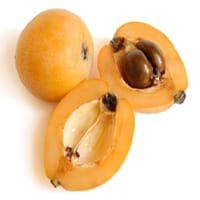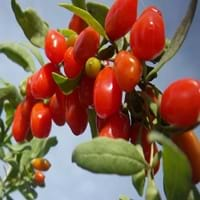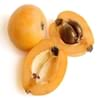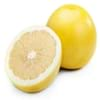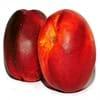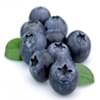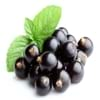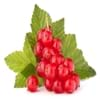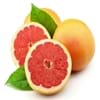Health Benefits
Cancer prevention, Heart care, Reduces nervous tension, Reduces blood circulation problems, Reduces stress, Regulation of heart rate, Strengthening of bones
Anti-oxidant properties, Eye care, Helps in cartilage regeneration, Regulates Blood Sugar, Treatment of osteoarthritis
General Benefits
Anti-inflammatory properties, Controls blood pressure, Digestive aid, Eye care, Helps in weight loss, Improves eye vision, Maintains healthy cholesterol level, Strengthens bones
Boosts immune system, Digestive aid
Skin Benefits
Anti-aging benefits, Reduces wrinkles, Treatment of dark spots, Treatment of skin diseases
Anti-aging benefits, Reduces wrinkles, Treatment of skin diseases
Hair Benefits
Protects hair
Protects hair, Regulates hair growth
Allergy Symptoms
Diarrhea, Itching of mouth, Nasal congestion, Sneezing, Swelling of face, Watery eyes
Anaphylaxis, Itching, Sneezing, Wheezing
Side Effects
Allergic reaction
May interact with some drugs
Best Time to Eat
Along with meal, As a snack in the late afternoon, Don't consume at night and before bed, Morning time (before lunch)
Any time except an hour after meal, Don't consume at night and before bed
Vitamin B5 (Pantothenic Acid)
Not Available
Vitamin C (Ascorbic Acid)
Not Available
Vitamin E (Tocopherole)
Not Available
Vitamin K (Phyllochinone)
Not Available
Lutein+Zeaxanthin
Not Available
Calories in Fresh Fruit with Peel
Calories in Fresh Fruit without Peel
Not Available
Not Available
Calories in Frozen Form
Not Available
Calories in Dried Form
Not Available
Calories in Canned Form
Not Available
Calories in Juice
Not Available
Calories in Jam
Not Available
Calories in Pie
Not Available
Type
Tree fruit, Tropical
Berry
Varieties
Ahdar, Ahmar, Asfar, Blush, Champagne, Early Red, Eulalia, Fire Ball, Golden Red, Golden Yellow, Oliver, Thales, Thames Pride, Victor and Wolfe
No Types
Color
Orange, Yellow
Scarlet red
Inside Color
Orange
Orange
Taste
Sweet, Tart
Slightly bitter, Tart
Soil Type
Clay, Loam, Sand, Well-drained
Well-drained
Climatic Conditions
Warm to hot climate
Cold, Hot
Facts about
- Loquats are used in plum wine manufacturing.
- Dried leaves of loquat are used to make herbal tea.
- The seeds of loquat are slightly toxic & the symptoms of intoxication are nausea, vomiting & shortness of breath.
- Study says a man named Li Qing Yuen used to eat goji berries daily and lived for 252 years.
- They are also known as wolfberries in India & China.
- This fruit is used for spiritual purposes at many places.
Other Countries
Brazil, Chile, China, Egypt, Israel, Italy, Morocco, Pakistan, Portugal, Spain, Turkey
Canada, France, India, United States of America
Top Importer
China
United States of America
Botanical Name
Eriobotrya japonica
Lycium barbarum
Synonym
Crataegus bibas or Mespilus japonica or Photinia japonica
Wolfberry
Subkingdom
Tracheobionta
Tracheobionta
Division
Magnoliophyta
Unknown
Class
Magnoliopsida
Unknown
Subclass
Rosidae
Asteridae
Family
Rosaceae
Solanaceae
Species
E. japonica
L. barbarum
Generic Group
Rose
Not Available
Difference Between Loquat and Gojiberry
We might think that Loquat and Gojiberry are similar with respect to nutritional value and health benefits. But the nutrient content of both fruits is different. Loquat and Gojiberry Facts such as their taste, shape, color, and size are also distinct. The difference between Loquat and Gojiberry is explained here.
The amount of calories in 100 gm of fresh Loquat and Gojiberry with peel is 47.00 kcal and 32.00 kcal and the amount of calories without peel is Not Available and Not Available respectively. Thus, Loquat and Gojiberry belong to and category.These fruits might or might not differ with respect to their scientific classification. The order of Loquat and Gojiberry is Rosales and Solanales respectively. Loquat belongs to Rosaceae family and Gojiberry belongs to Solanaceae family. Loquat belongs to Eriobotrya genus of E. japonica species and Gojiberry belongs to Lycium genus of L. barbarum species. Beings plants, both fruits belong to Plantae Kingdom.
